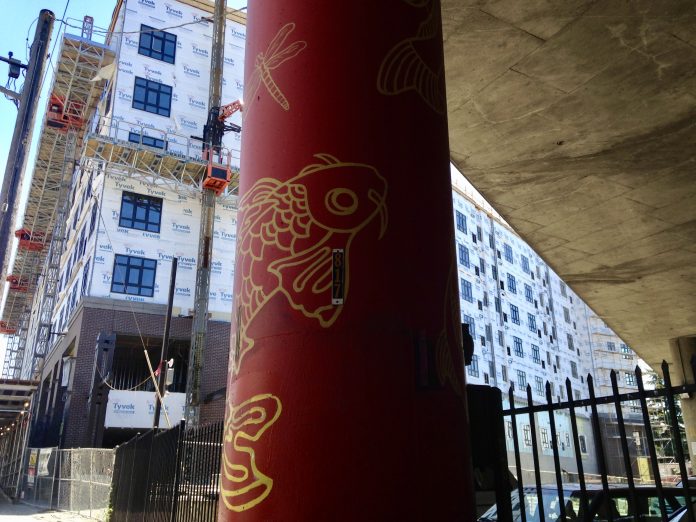
One year after the passage of Mandatory Housing Affordability (MHA) rezones in the Chinatown-International District (CID) neighborhood, the community is contemplating its difficult present and striving to preserve hope for its future. As the crisis of housing affordability continues to escalate across Seattle, displacement is no longer a concern reserved solely for low-income communities, but these communities do continue to bear the burden of the problem.
“The question of how to preserve a neighborhood and its community is a tough one and very angsty,” said Maiko Winkler-Chin Executive Director of SCIDpda, an organization devoted to “preserving, promoting, and developing the Chinatown-International District (CID) as a vibrant community and unique ethnic neighborhood.”
The difficulty lies not in preserving the historical structures so much as in maintaining the fabric of the community, which according to Winkler-Chin is composed of “the public realm with its buildings, parks, and other structures, but also its people, businesses, and public life.”
The expansion of the International Special Review District in early 2018 means that more buildings outside of Historic Preservation Zone, especially in Little Saigon, must satisfy neighborhood design guidelines intended to maintain the cultural and historic character of the neighborhood, but the anxiety these days is no longer focused on preservation of the unique built environment. Instead advocates fear the loss of the current residents and community.
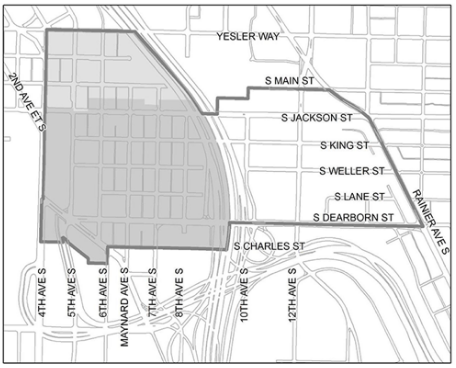
“130 years can be amazingly long, or just old, depending on your cultural perspective,” Winkler-Chin said. “Still some of things we are trying to preserve here everyone should care about. Displacement is painful. Lots of seniors who live in this neighborhood might be limited English speaking and would be socially isolated if they moved away.”
Local businesses are also at risk of being displaced. “We hope that while some development of this neighborhood is inevitable (and necessary given the overwhelming need for housing in the Seattle area), the district can preserve its unique cultural identity,” said Jessa Timmer, Executive Director of the CIDBIA, “We know that much of this identity is tied up in the businesses that support residents, the regional Asian population, and visitors alike. There is a real concern that new development will bring in businesses that don’t fit or complement the neighborhood as it is now.”
Displacement of API communities is a national problem
The CID is in a particularly treacherous position when it comes to displacement, but it is not alone. Across the country, many historic Asian Pacific Islander (API) communities face displacement as gentrification affects more US cities.
According to a report published by the National CAPACD, while Asian Pacific Islander poverty increased by 50% between 2007 and 2014, a rate more than double the general poverty rate, both rental costs and housing values in API neighborhoods increased at rates well above national averages as well, resulting in widespread displacement of low-income API households. Little Saigon and the CID had net losses of over 350 low-income API families between 2010 and 2014. Overall, the API neighborhoods across the country profiled in the report had a net loss of more than 1,500 low-income families in that time span.
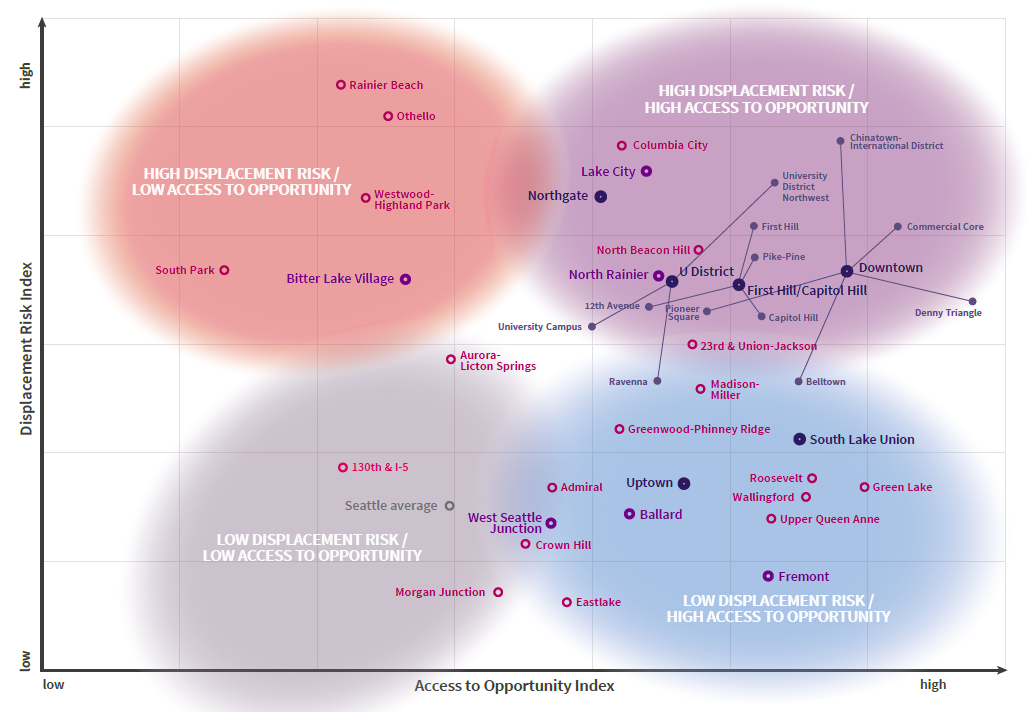
The City of Seattle is aware of this problem. The CID received the highest score of all Seattle neighborhoods for displacement risk and access to opportunity in the Seattle 2035 Growth and Equity report, which states that, “The desirability of [high displacement/high opportunity] neighborhoods attracts new development that could displace marginalized populations in these places.”
A substantial portion of CID residents can be defined as marginalized. In addition to being home to a large percentage of non-English speaking residents, CID is significantly poorer than most of Seattle. According to the most recent census, poverty rates in the tracts that comprise the CID ranged from 42.4% to 34.5%, more than double the city average of 14.5%.
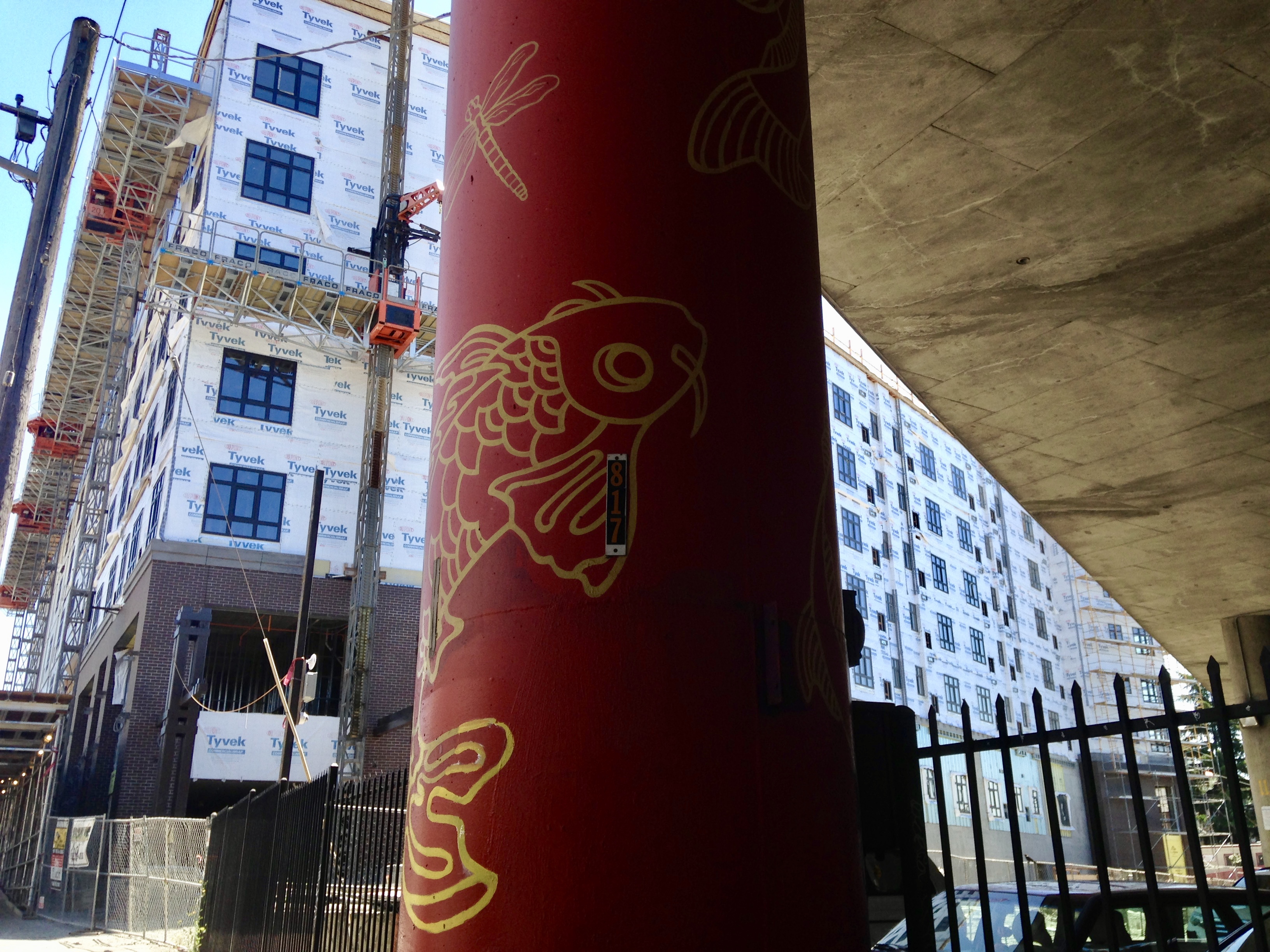
Not surprisingly, community activists who observed how the development boom of the early 2000’s in Seattle thrust the CID into a precarious situation are now more worried than ever. “After the economy crashed, we felt like we dodged that bullet,” Winkler-Chin said. “But now, look at a map of the city and look at where the cranes are.”
Hope found in community-driven solutions
“We are stepping up our organizing and advocacy,” said Leslie Morishita, Real Estate Development Director of InterIM Community Development Association. “Our resolve is stronger than ever in the face of increasing pressures around displacement.
In addition to increasing its staff to include a full-time community organizer and full-time planning and policy advocate, InterIM is designing its newest affordable housing development in the CID to be a centerpiece for community preservation and activism.
Named Uncle Bob’s House, after the well-known community activist Bob Santos, a beloved figure in the CID who passed away in 2016, the development will be constructed at 7th and King St, the current site of Four Seas Restaurant, a prominent and important location, directly facing the Wing Luke Museum.
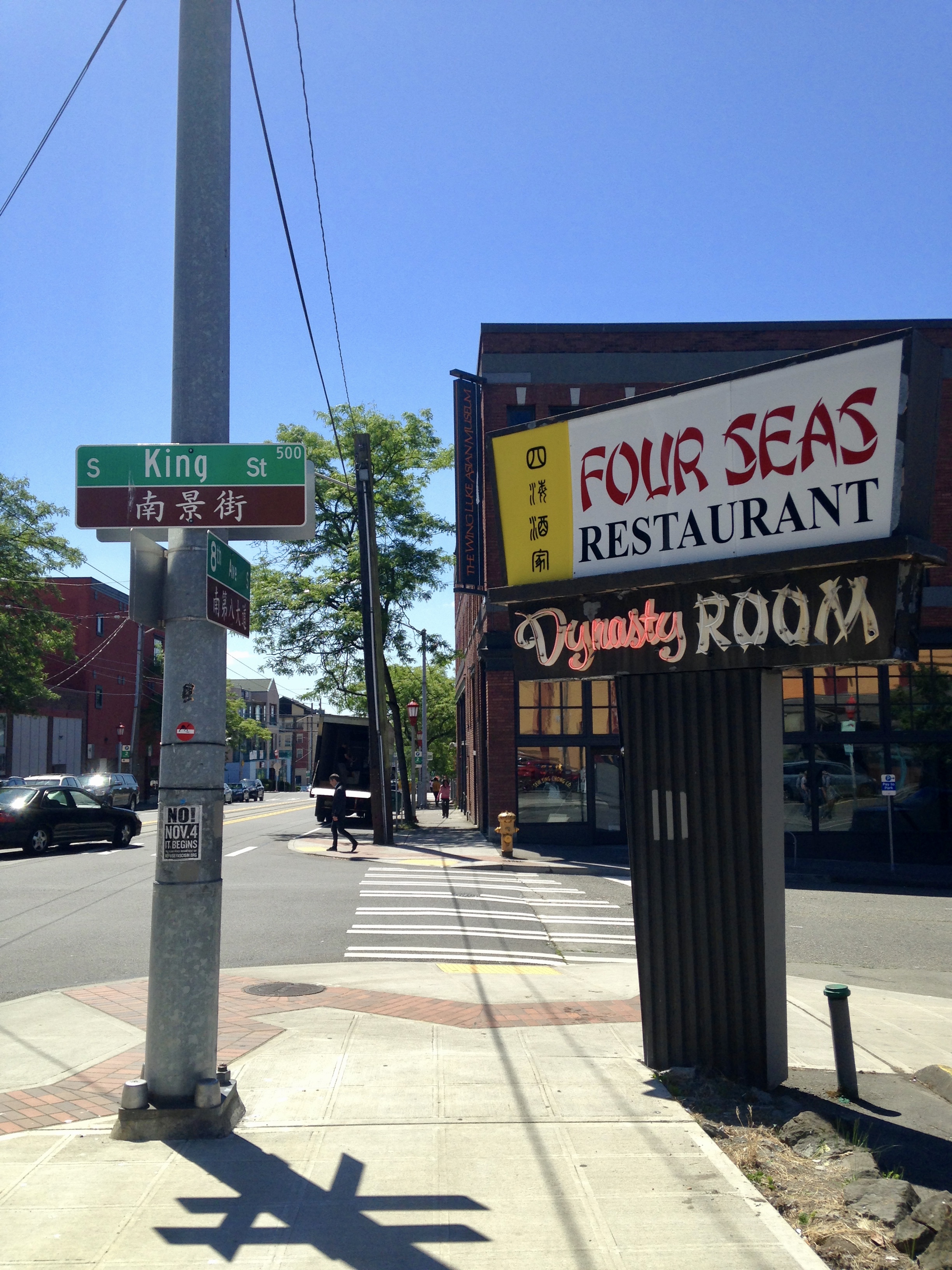
Uncle Bob’s House, which will be the first new construction in the CID’s historic core in decades, has passed its preliminary design phase and is expected to break ground in spring of 2019. InterIM is currently in briefings with the International Special Review Board.
“A lot of attention is being paid to the design so that is compatible and reflects the historic pattern in the neighborhood,” Morishita said. “At the same time it is not being designed as a historic building because it is not. But it will honor the history. We named the project after Uncle Bob Santos, similar to other projects we have done [that have honored community figures], but we want to honor Uncle Bob with this project beyond just the name of the building.”
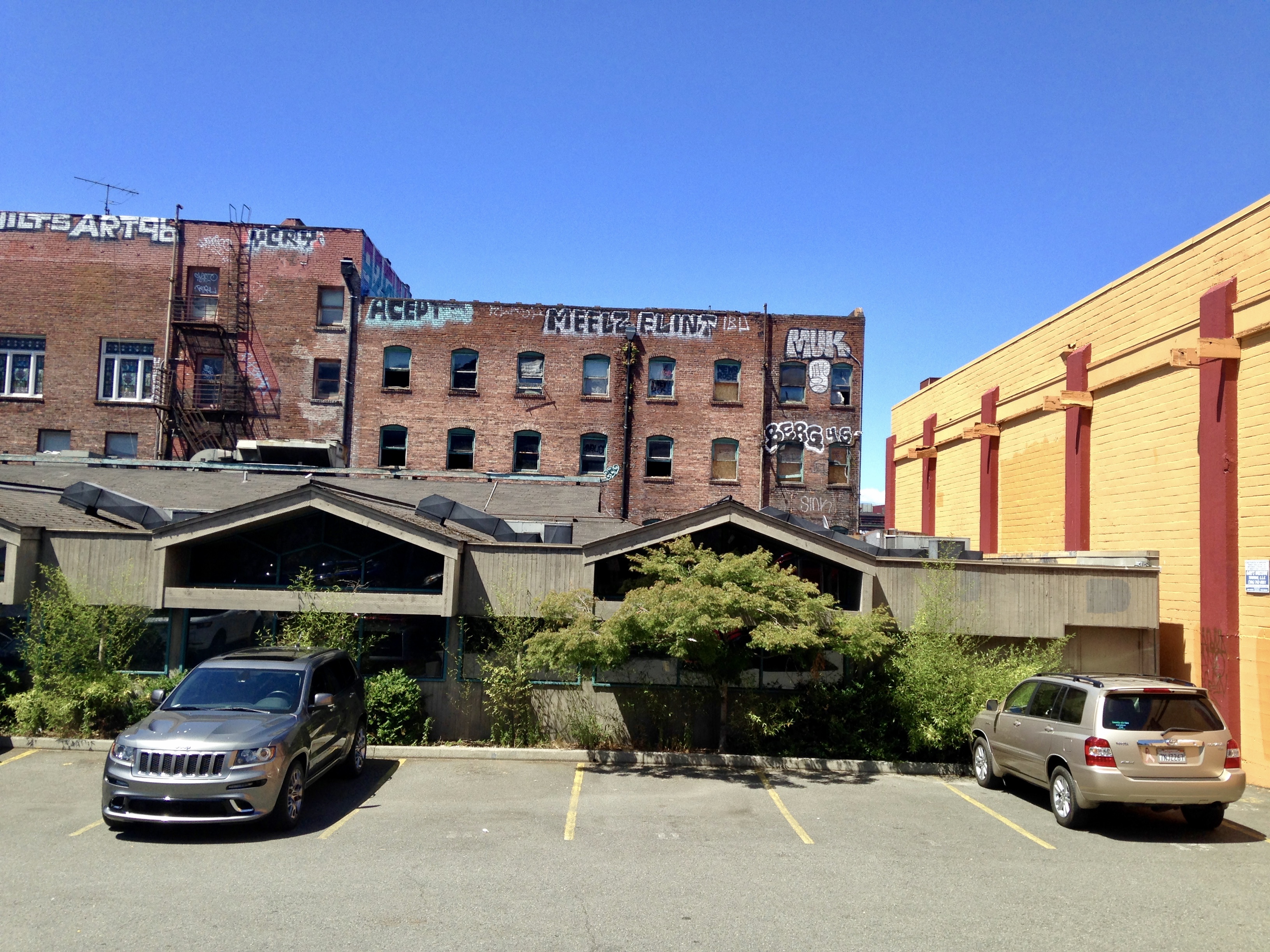
Discussion is currently being held with Uncle’s Bob’s family, including his wife, State Representative Sharon Tomiko Santos, about how to best create a living legacy at Uncle Bob’s House. Representative Santos came up with the idea of reserving a space in the commercial section of the building for community gatherings and organizing meetings. “As a whole, it is vital that the building have an activism component,” Morishita said.
A few blocks away in the historic Nihonmachi, or Japantown, one can get a glimpse of what this might look like. At Hirabayashi Place, completed by InterIM in 2016, visitors can appreciate the Legacy of Justice, an education and public art installation that tells the story of Gordon Hirabayashi’s courageous defiance of the mass incarceration of Japanese Americans during WWII.
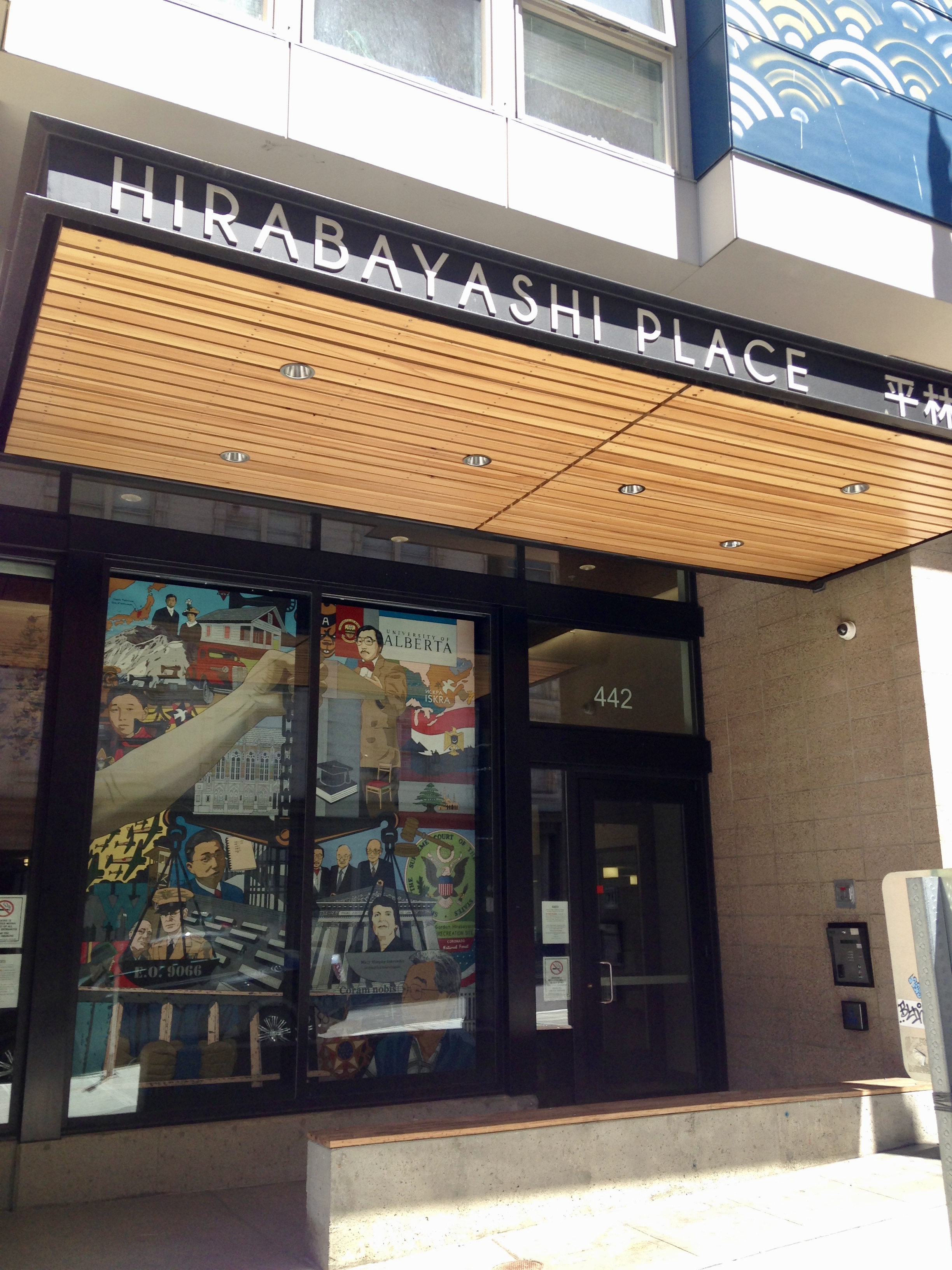
InterIM has also acquired a vacant lot in Little Saigon where they intend to build a mixed-use affordable housing development. They are currently in discussion with the community over what the best use for the land will be. As a whole, engagement with the community and facilitation of community driven solutions is at the heart of what InterIM does. “In our developments we regularly survey our residents,” Morishita said. “And we make sure that we offer them the services they request and need.”
Concerns over MHA as a driver of displacement
The City of Seattle’s MHA overview specifically promotes MHA rezoning as a tool intended to “minimize displacement of existing residents,” however, not everyone agrees. “MHA helps create affordable housing,” Morishita said. “But it does not address displacement.”
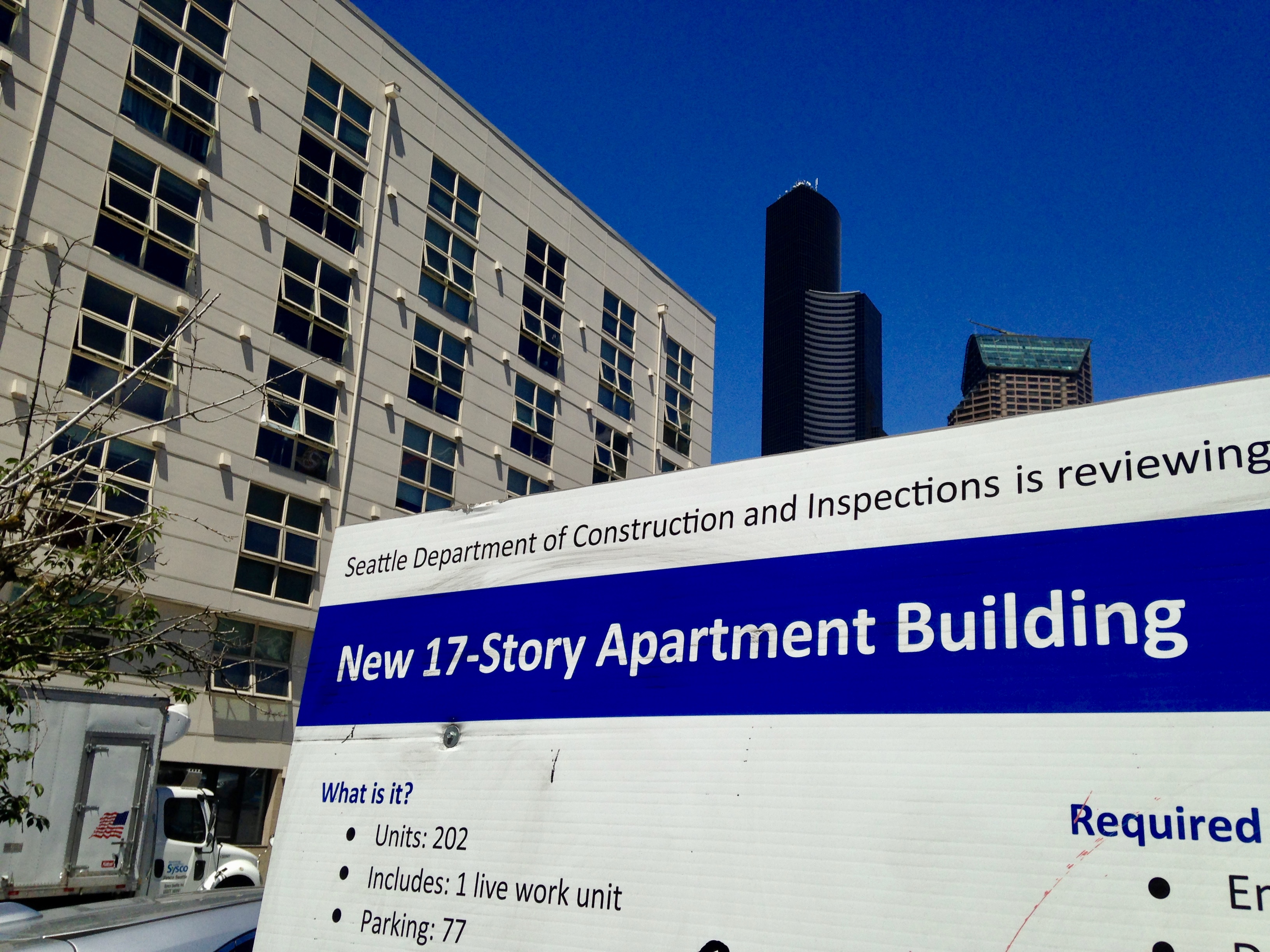
At a June 12th committee meeting, Councilmember Lisa Herbold expressed worries over how a citywide implementation MHA rezoning would accelerate displacement of vulnerable residents if not partnered with anti-displacement policies.
“I just think it’s incredibly important that we move forward with [anti-displacement] strategies parallel to our implementation of mandatory housing affordability,” Councilmember Herbold said. “I don’t want to see these policies developed and implemented after city wide MHA is implemented. I really think we need to do them simultaneously both to reduce impacts and also as part of our message about our priorities in this city being around not just increasing development capacity but making sure that our communities are places where our traditional cultural members of the city can continue to live.”
One of the solutions currently on the table is enacting Community Resident Preference Policies. Councilmember Herbold’s blog states that, “Community resident preferences could address historic and current displacement by providing preference for community residents. If done correctly, these policies could provide affordable housing opportunities, support at-risk communities, and stop segregation. When written poorly on the other hand, community resident preferences can perpetuate segregation.” This description illustrates the central challenge the City faces as it moves forward with exploring these policies. However, advocates, like Winkler-Chin and Morishita, understand the potential difficulties but remain undeterred in their support.
“One of things that we got in the companion resolution to the MHA was to explore neighborhood preference policies and now we are really active in working with the Office of Housing,” Morishita said. “This is a long time issue for InterIm. Fair housing law are great and we need them. They are intended to prevent discrimination to protect a host a people, but they can be a barrier to doing to targeted resident criteria that addresses displacement.”
“We need [community resident] preference lined up because it would be shameful if the city funded projects did not reflect this community,” Winkler-Chin said. “We need it now.”
The City Council is still accepting comments on citywide implementation of MHA rezones in preparation for its upcoming vote scheduled for fall 2018. To learn more and submit comments, go the Select Committee on Citywide Mandatory Housing Affordability website.
Explore Culture, History and Urban Design in the Chinatown International District this July
Natalie Bicknell Argerious (she/her) is a reporter and podcast host at The Urbanist. She previously served as managing editor. A passionate urban explorer since childhood, she loves learning how to make cities more inclusive, vibrant, and environmentally resilient. You can often find her wandering around Seattle's Central District and Capitol Hill with her dogs and cat. Email her at natalie [at] theurbanist [dot] org.


